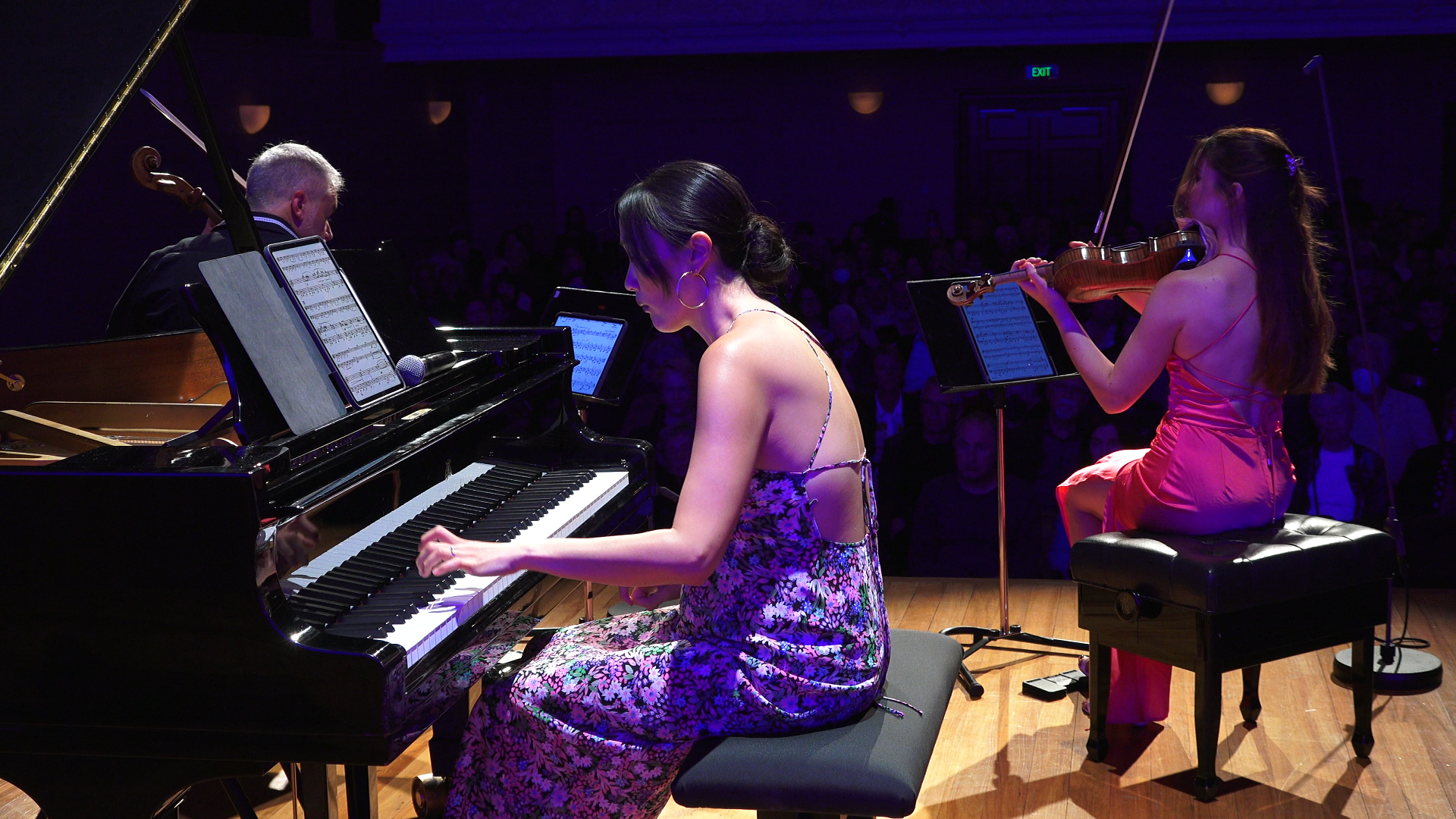NZTrio Loft Series 2017
23may7:00 pmNZTrio Loft Series 2017SWOOP: Performance 2
Event Details
Programme: Frank Bridge: Phantasie in c minor Shen Nalin: Meng Yuan for Piano Trio Chris Gendall: Dulcet Tones (NZTrio commission and world premiere) INTERVAL Franz Schubert: Piano Trio in B flat
Event Details
Programme:
Frank Bridge: Phantasie in c minor
Shen Nalin: Meng Yuan for Piano Trio
Chris Gendall: Dulcet Tones (NZTrio commission and world premiere)
INTERVAL
Franz Schubert: Piano Trio in B flat major, Opus 99 (D898)
BOOK SERIES PASS ($135 + prize incentives)
BOOK THIS CONCERT ONLY ($50Adult/$25 Student)
Time
May 23, 2017 7:00 pm(GMT+00:00)
Location
Loft at Q
Organizer
Programme Notes
Frank BRIDGE (ENG; 1879 – 1941): Phantasie in c minor
In 1905, the British businessman and amateur violinist Walter Willson Cobbett had an epiphany. It was that chamber music ‘is conducive to personal happiness, of interest to the community, and improves people’s lives’. He also decided that the winning formula should be based on the old ‘phantasy’ viol consorts of Purcell and Byrd – nice and short, suite-form – and immediately established a prize for composers, alternating between ensembles. It had strict criteria: 1) not too long (12 minutes max), 2) all parts of equal importance, and 3) no movements please, performed without a break. Composers flocked to enter – first prize was £50, a considerable sum – and over the years they became a roll-call of the great British composers of the century. That first year, for string quartet, William Hurlstone won before tragically dying weeks later: Frank Bridge came second. But the next time around was a piano trio year, 1907, and this time Bridge won.
He was 28. It couldn’t have come at a better time, because unlike many of his contemporaries, Bridge had to work for a living – teaching by day, jobbing violinist and violist by night, selling as much piano music and songs as he could. Later he became the much-adored teacher of Benjamin Britten, and for years he was known as the ‘Ambulance Conductor’ for being the go-to stand-in at the Proms. This prize helped him make his name, and Cobbett took a special interest in the young composer, promoting him to the various chamber music societies he ran (apart from his massive Encyclopedic Survey of Chamber Music, he established Britain’s Chamber Music Association for ‘concerts in working-class areas’) and commissioning Bridge for a special Phantasy Piano Quartet in 1910.
The Phantasie for piano trio is a romantic, dramatic, impressionistic jewel of a piece in three broad sections that grabs you right from the first upward-sweeping notes – Bridge was part of the English String Quartet that premiered the daring new Ravel and Fauré quartets in England, so if you think it seems modern for a turn-of-the-century Englishman, you’d be right. After a startling, almost violent first section there’s a more introverted, searching interlude with lovely parts for all instruments (‘parts of equal importance’); the imps take over with a witty exposé in the middle and it all leads to a dazzling, rip-roaring, prize-winning conclusion. At around 16 minutes, it was actually too long for the stipulated 12, but Cobbett liked it so much – he judged them all by simply playing them through with his friends – that henceforth he simply adjusted the rules.
Postscript: the Cobbett prize, having fallen to the wayside during the 2nd World War, has recently been revived by the Berkley Ensemble in London (2014) and so can be said to be still going today. As for Frank Bridge, finally in 1923 he was invited on a tour of the USA to conduct his own works, and the great philanthropist Elizabeth Sprague Coolidge was among the audience. He never had to worry about money again.
Programme note by Charlotte Wilson
Shen Nalin (CHINA; b. 1958): Meng Yuan for Piano Trio
Born in the southwest of Sichuan, China, Shen Nalin studied composition at the Sichuan Conservatory of Music. During the late ‘80s he was active in radio, film and television, including working as a broadcaster of classical music in the Music Radio of Guangdong. In 1994 he moved to New Zealand and worked at Auckland AM 1476 and AM 990 Chinese Radio for five years before enrolling at the School of Music at Victoria University of Wellington, where he studied with Jack Body, and graduated in 2000 with a Master of Music with Distinction.
In 2001 and 2002 he was granted a Postgraduate Scholarship for Ph.D study and a Top Achiever Doctoral Scholarship. For his Ph.D studies he composed an opera based on the dramatic life and writings of Chinese poets, and has recently been appointed Professor of Music at the Zhejiang Conservatory of Music in eastern China.
Meng Yuan was commissioned by Jack Body in 2012. The original work was composed for zheng, violin, cello & piano in 2014 and premiered on 17 December 2015 in a special concert “Body Music 2015 – Jack Body Cross-Cultural Music Conference” at the Zhejiang Conservatory of Music, China. The second version for piano trio alone was composed in January 2016 and is dedicated to NZTrio.
“The title of the piece, ‘Meng Yuan’, suggests a faraway place, near the end of the earth, in my memory, a place of legend. When I listen to Zandanhuen (乌仁娜) ‘Yanzaganzootoisaaralmori’, I felt that this is where the story comes from.”
Chris Gendall (NZ; b. 1980): Dulcet Tones (new commission)
Originally from Hamilton, New Zealand, Chris Gendall studied composition at Victoria University of Wellington before completing a doctoral degree at Cornell University with Roberto Sierra and Steven Stucky. He has participated in a number of festivals and conferences including the Wellesley Composers’ Conference, the Aspen Music Festival, the Britten-Pears Contemporary Composition programme, the Royaumont Voix nouvelles Composition Course, and the Aldeburgh Festival – bringing him in contact with such figures as Magnus Lindberg, Brian Ferneyhough, Mario Davidovsky, Oliver Knussen, and Anders Hillborg. He has held residencies at Orchestra Wellington and at the New Zealand School of Music, and is currently the Mozart Fellow at the University of Otago (since 2016).
Chris Gendall’s works have received performances in Europe, Asia, North and South America, from such performers as the New Zealand Symphony Orchestra, Neue Vocalsolisten Stuttgart, Stroma, NZTrio, the New Juilliard Ensemble and the New Zealand String Quartet. Select works are published by the Waiteata Music Press, Peer Music Hamburg and Promethean Editions, and recorded on Atoll Records. His work Wax Lyrical was the winner of the 2008 SOUNZ Contemporary Award.
Chris writes: “The initial harmonic material for this work was derived from spectral analyses of tuning fork strokes. This small device enables me to realise pitches (internally) while working on a score, and its subtle tone is audible only in close proximity to my ear. I was drawn to this sense of interiority, and to the interesting shifts of timbre between the tuning fork’s attack and resonance.
The title refers both to this sweetness of tone colour, and tangentially to the dulcitone: a Nineteenth-Century keyboard instrument comprised of tuning forks struck by hammers – a precursor to the Fender Rhodes. Dulcet Tones was composed for NZTrio, in whose collaboration I find continual inspiration.”
Franz Schubert (AUSTRIA; 1797 – 1828): Trio No. 1 in B flat major, Op. 99 (D898)
Allegro moderato
Andante un poco mosso
Scherzo: Allegro
Rondo: Allegro vivace – Presto
“I should be delighted to let you have some works, if you are inclined to agree to the reasonable fee of 60 florins . . . I need hardly assure you that I shall not send you anything which I do not regard as good work, at least in the opinion of its composer and some select circles . . .” Schubert, in a letter to the publisher Probst, 1827.
In 1827 Schubert was searching for publishers of his works. Although he was well known for his songs in his home city of Vienna, it was difficult at this time to get instrumental works published unless the composer had a reputation abroad. Simple works for amateurs were popular among publishers, but they shied away from publishing more substantial pieces such as Schubert’s chamber music. For example, Probst, who was the German agent for the Viennese publisher Artaria, was initially positive in his dealings with Schubert. Eventually he agreed to publish the Trio in E flat, written shortly after the Trio in B flat. Months passed, and no publication eventuated. Schubert wrote letters, begging to find out when the Trio was to appear, and offering other works for publication, including the sublime String Quintet. Probst’s last letter to Schubert arrived three weeks before the composer’s death, saying the Trio was finally ready. It arrived some days after Schubert’s death at the age of 31.
There is no surviving manuscript for the Trio in B flat, but evidence points to it being composed around September and October of 1827. Schubert refers to the public performance of a “new trio” on 26 December 1827, given by three leading Viennese performers (Shuppanzigh, Linke and Bocklet) and it is most likely to have been the Trio in B flat.
Given Schubert’s ill health and career struggles we might expect dark and brooding music in this Trio, similar to Winterreise, the famous song cycle he was working on at the same time. However, this is not the case. The Trio in B flat is for the most part a happy, exuberant work, full of life and energy. The composer is able to express a love of the good life through his music, and forget his troubles.
The first movement opens with an expansive theme that develops purposefully with the use of sequence. Contrasting with this is a lyrical second theme, initially on cello and taken up by the other instruments. A version of the opening theme in the minor key heralds the beginning of the development section, which is more turbulent in mood. Towards the end, however, the music returns to an easy-going, carefree mood.
The beautiful cello melody at the start of the second movement is a fine example of how Schubert uses simple materials to such good effect. There is a naturalness in the way he develops this melody, with the minor key adding poignancy to the music. The middle section features references to Gypsy-style music, with tripping note patterns and the use of the minor key. This contrast is short-lived and the calmness of the opening returns.
The third movement is a Scherzo in character as well as structure; it is playful and bubbly, and includes a waltz-like middle section. The carefree spirit carries over into the finale, although it is briefly disturbed by a bold second theme. Frenetic trills and angular motifs suggest some strife, but this is undercut by a sudden calm passage. Likewise, there are moments of grandeur in the middle section, but they never intrude too much on the sunny lyricism of the music.
Programme note by Chamber Music New Zealand


